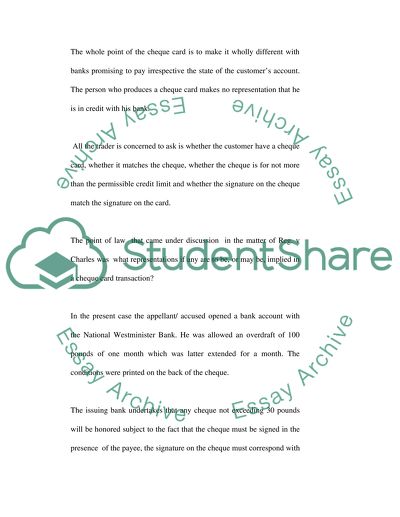Cite this document
(“Banking Law Case Study Example | Topics and Well Written Essays - 2500 words”, n.d.)
Banking Law Case Study Example | Topics and Well Written Essays - 2500 words. Retrieved from https://studentshare.org/law/1509501-banking-law
Banking Law Case Study Example | Topics and Well Written Essays - 2500 words. Retrieved from https://studentshare.org/law/1509501-banking-law
(Banking Law Case Study Example | Topics and Well Written Essays - 2500 Words)
Banking Law Case Study Example | Topics and Well Written Essays - 2500 Words. https://studentshare.org/law/1509501-banking-law.
Banking Law Case Study Example | Topics and Well Written Essays - 2500 Words. https://studentshare.org/law/1509501-banking-law.
“Banking Law Case Study Example | Topics and Well Written Essays - 2500 Words”, n.d. https://studentshare.org/law/1509501-banking-law.


